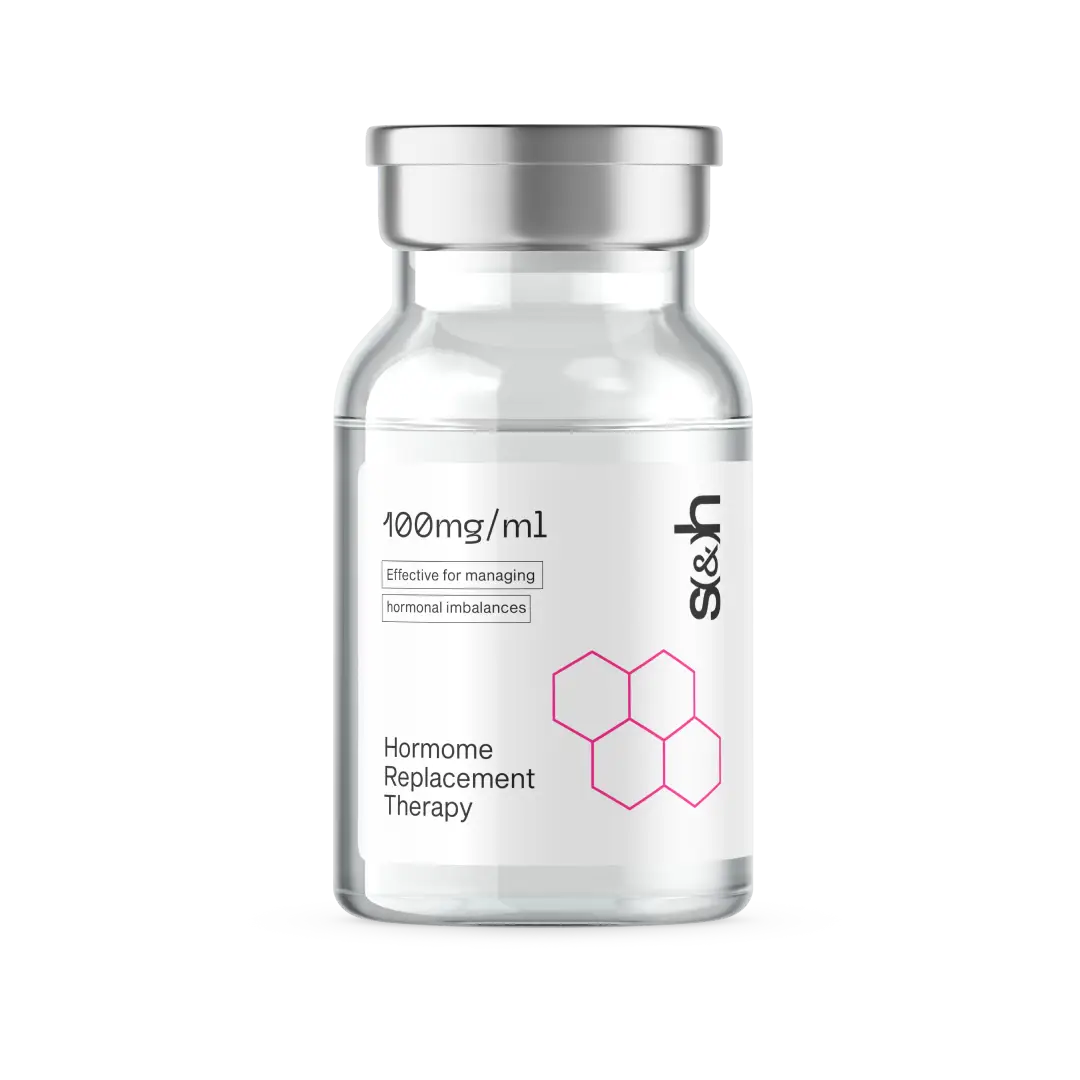Why You Need to Know About testosterone replacement therapy?
Why You Need to Know About testosterone replacement therapy?
Blog Article
Testosterone Replacement Therapy: A Comprehensive Guide for Canadian Men

What is Testosterone Replacement Therapy (TRT)?
Testosterone Replacement Therapy (TRT) is a treatment option designed to restore testosterone levels in men who have low-T, a condition also called hypogonadism. Testosterone plays a crucial role in male health, impacting muscle mass, energy levels, mood, cognitive function, and much more. As men age, their testosterone levels naturally decline, but sometimes, levels drop too low, causing symptoms that may gain from TRT.
Typical Symptoms of Low Testosterone
In men, low testosterone can present through various symptoms, such as:
Reduced libido and erectile dysfunction
Fatigue and low energy
Decreased muscle mass and increased body fat
Brain fog and memory issues
Depression, irritability, and mood swings
These symptoms can significantly affect every day life, and TRT may provide relief by bringing testosterone levels back to an ideal range.
How Does TRT Work?
TRT can be administered in several forms, including injections, topical gels or creams, and oral pills (though these are less usual because of potential liver impacts). In copyright, injections and gels are particularly popular because they deliver testosterone directly into the bloodstream, bypassing the liver and therefore minimizing adverse effects.
With ongoing TRT, many patients report improvements in energy, mood, libido, and cognitive function. Studies suggest that TRT can boost psychological quality and reduce brain fog by supporting cognitive functions like memory and spatial skills.
Benefits of TRT
The potential benefits of TRT include:
Improved mood and reduced symptoms of depression
Increased muscle mass and stamina
Better energy levels and reduced exhaustion
Enhanced cognitive function and memory
Safety and Side Effects of TRT
While TRT is typically risk-free, side effects can happen, including acne, increased risk of embolism, and reduced sperm count. For those with a background of cardiovascular issues, consulting a health care professional is vital prior to starting TRT, as testosterone can affect heart health.
In copyright, many clinics now use normal monitoring, where patients on TRT get quarterly blood tests in the initial year, followed by bi-annual testing. These follow-ups assist trt copyright to change does and monitor any type of arising side effects, making TRT a much more sustainable long-lasting option.
Who Should Consider TRT?
Men experiencing multiple symptoms of low-T may be good candidates for TRT, especially if these symptoms hinder quality of life. TRT must be launched under medical guidance, as a simple blood test can confirm testosterone levels and determine whether TRT is appropriate. Many Canadian patients start TRT to regain a sense of well-being, as the therapy is specifically customized to address symptoms that impact day-to-day live.
Finding TRT Treatment in copyright
Science & Humans provides accessibility to experienced professionals who can direct patients through a personalized TRT plan, making sure safety and effectiveness throughout the journey. Routine examinations and lab testing guarantee that testosterone levels stay ideal, reducing the risk of negative effects.
To learn more on TRT please see Science & Humans' TRT web page: https://www.scienceandhumans.com/trt. Report this page